University leads work to restore native oyster reefs in the Great Bay Estuary
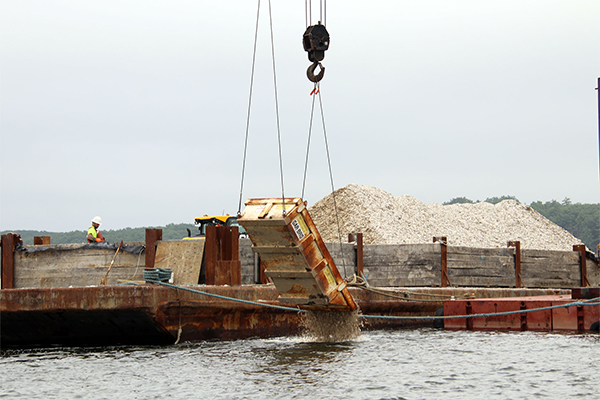
The University of New Hampshire’s College of Life Sciences and Agriculture (COLSA) said native oyster reefs in the state’s expansive Great Bay Estuary now cover about 80 acres, thanks to restoration efforts over the past two decades.
In a news release celebrating “Oyster Week” from Sept. 17–23, the school highlighted the work of COLSA researchers and oyster growers, which includes depositing oyster shells that have been stored and dried for at least six months. UNH has also partnered with organizations like the USDA’s Natural Resources Conservation Service and The Nature Conservancy.
A reef restoration project near Nannie Island, just off the Great Bay National Wildlife Refuge in Newington, N.H., has been ongoing since the 15-acre reef was closed to shellfish harvesting in 2021.
“For the Nannie Island reef, we’re beginning to see more spat settling on the living oysters, indicating that they’re growing the reef naturally,” said Krystin Ward, a laboratory research supervisor at COLSA and owner of Choice Oysters, a farm she started in 2011. “If this trend continues, we’re hopeful that the oyster population may rebound and some of this area will be open to recreational harvest again.”
The bay’s oyster reefs covered as many as 1,000 acres in the 1970s and gradually dwindled, but new oyster farms in Great Bay started over the past decade have aided restoration efforts and increased biodiversity, said Ward.
“If you’re putting shell on the bottom, that’s creating a natural reef and building habitat for fish and other invertebrates — so you’ll see a lot more biodiversity in a reef structure than you would on a mudflat,” she said.
Researchers are already seeing that difference — both from large-scale deposits like the one at the Nannie Island reef and from smaller deployments of farmed oysters from farms in Great Bay Estuary’s Little Bay. Using underwater cameras, the researchers are monitoring both the reef growth and the addition of new spat and juvenile oysters. The cameras allow them to know when an area has a solid substrate in place and when the oysters in the area begin reproducing and growing the reef naturally by attaching and settling upon one another.
Now that you've reached the end of the article ...
… please consider supporting GSA’s mission to advance responsible seafood practices through education, advocacy and third-party assurances. The Advocate aims to document the evolution of responsible seafood practices and share the expansive knowledge of our vast network of contributors.
By becoming a Global Seafood Alliance member, you’re ensuring that all of the pre-competitive work we do through member benefits, resources and events can continue. Individual membership costs just $50 a year.
Not a GSA member? Join us.
Author
Tagged With
Related Posts
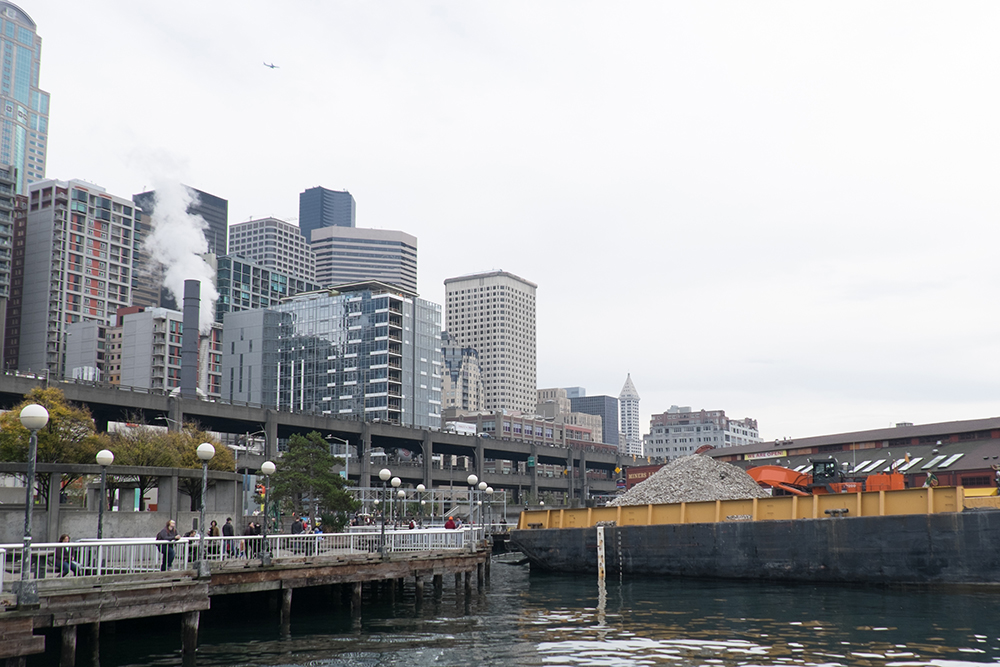
Innovation & Investment
We built this city on oyster shells
When Seattle decided to rebuild the seawall separating its waterfront from Puget Sound, it turned to a bivalve byproduct for a unique, environmentally friendly material for an hospitable marine habitat. The city wanted its design and materials as pragmatic and beneficial for its underwater residents as for those using the parks, paths and services above ground.
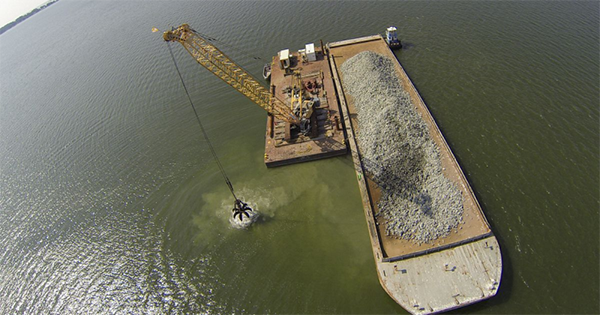
Responsibility
World’s largest oyster reef restoration project shows ‘significant progress’
A large-scale oyster reef restoration project led by NOAA aims to revitalize more than 2,300 acres in Maryland and Virginia waters.
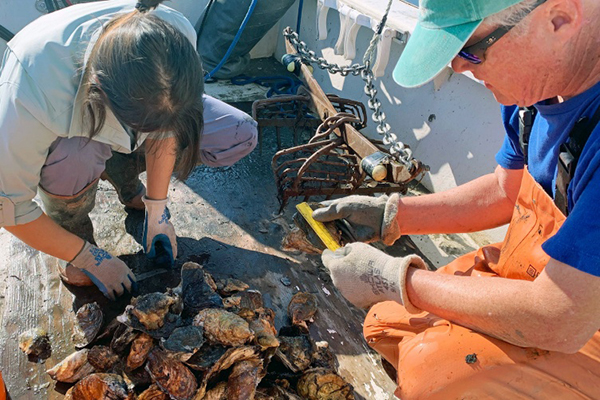
Responsibility
Researchers look at oysters’ ability to mitigate nitrogen
Oysters may play a role in removing nitrogen and improving water quality in the Great Bay estuary, near the University of New Hampshire.
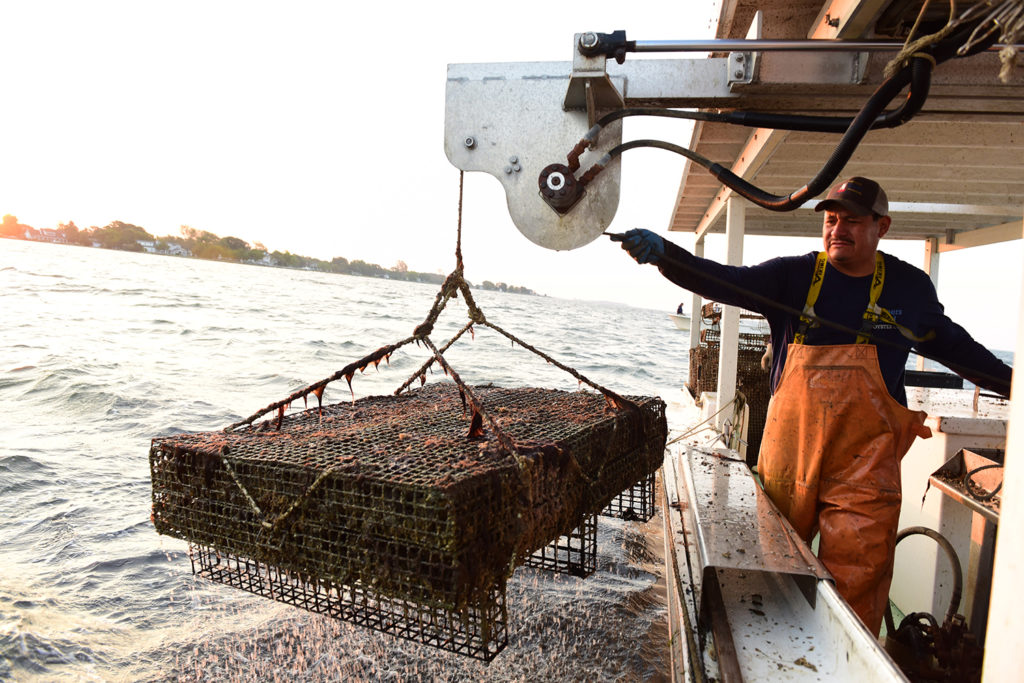
Responsibility
Can shellfish growers cash in with nutrient trading?
In Maryland and Virginia, developers can buy credits from oyster farmers to offset their assumed environmental impacts. Can "nutrient trading" work?



